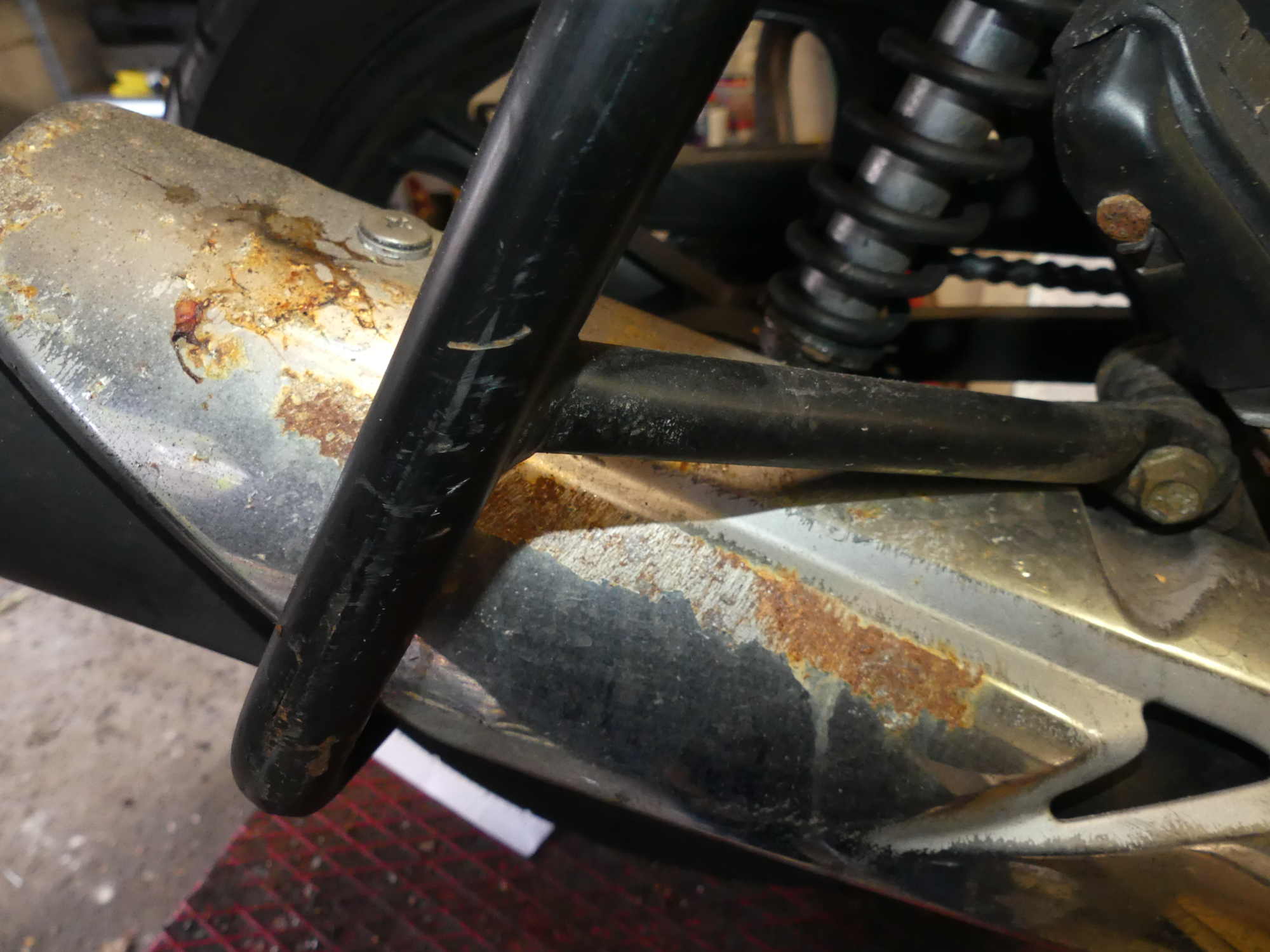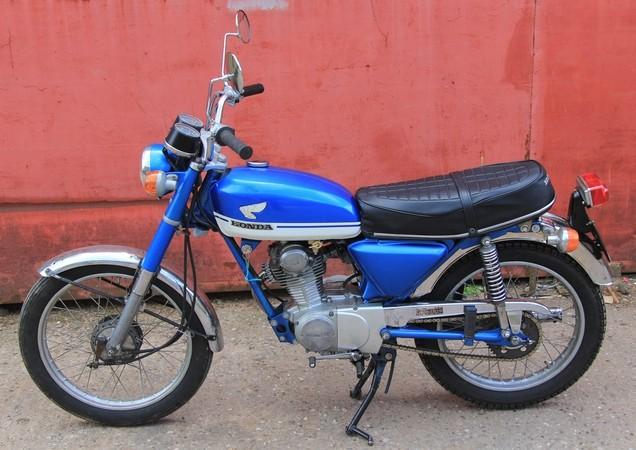In the past, of course, not everything was really better. But sometimes you can only conclude that the cry is true. Like the Honda CBF 2009 produced from 125. Because after a few years of use, he is very sad to say goodbye to his old brother - say - the seventies.
My son is studying and has taken over the lesson engine on which he has driven.
That is also a past and present thing. Because at the beginning of the seventies, 125 cc riders were generally neither 2 + meters nor 100 + kilos. And there was not a whole series of 'A' driving licenses. But for a student, the economy is the only thing that matters. And that the paint comes off the engine? That the thing is very sensitive to rust and that the tub is only on it to make maintenance more difficult? Oh well ...
It may not cost anything
And if you then make a quality comparison between this Hondaatje of four years old and an equally neatly used one from - say - 1970? Then you see that such a new Honda is really just a scraggly cake. You would say, 'The Honda name is hardly worthy'. That is because these light Hondas are nowadays made in India and Thailand, Farawayistan, Bokkiebokkieland and possibly other regions. The whole concept is that such a thing should cost nothing. Where there used to be a 13 mm hexagon on a bolt, there is now a 12 mm one. Because in the crowd every little bit helps.
That is why bad material is used that is also processed unlovingly. And that for an hourly wage of twice nothing plus a bite of rice. Yet the motorcycle is not bad. But with real use a bit of a pity. But the Honda CBF 125s are incredibly economical. And as far as my son is concerned, it's simple: "If I have a job, I'll buy a car."
The CB125s from my childhood, when Hondas were still from Japan
The Honda CB 125 series consisted of 125cc motorcycles that Honda produced from 1964 to 1991. The series had both single and two-cylinder engines. From 1971 onwards, Honda started producing single cylinders in addition to the 125cc two-cylinder. The 100cc block of the CB 100 / CL 100 served as the basis. The first one was CB 125 S. Despite the 'S' in the type designation plus the fact that the machine appeared when the Honda CB 125 SS went out of production, the CB 125 S was really not a sports engine, but a cheap alternative to the two-cylinder and purely thought of as a motorcycle for commuting.
My memories start in the corner of the CB 93 / K1. The first model still had 4 gears and they were sold under the names "CB 125," "CB 125 Benly," and "CB 93." From 1966 they were unofficially also referred to as 'CB 125 K1'. The Honda CB 125 K4 from 1970 and the CB 1976 B125 models made into 6 were 'new' motorcycles for me. Those little Hondas were not offered very much at the time, but if you found one, it was either very neat or it had a yellow plate on the mudguard. And it cost little or almost nothing.
But an original CB 125 is endearing
Small, slender and beautifully finished. The single cylinders with a normal modeled Dutchman usually ran just 100 km / h and liked to be ridden. And they were economical and reliable even then.
Currently, the range of such light weights is just as limited as in the seventies
The selection of twins is larger than that of single-cylinders. For single cylinders, think of amounts up to just € 2.000 + for perfection. Twins are usually a few to € 500 more expensive. The component supply is exemplary. The restoration of such a Hondaatje is economically a moderately sensible investment. But much cheaper than the restoration of a CBX. And a beautifully restored CB 125 will fit in the hall or living room. And that too is usually more difficult with a CBX.
But whether such a recent Honda CBF 125 will ever become a classic?
"Didn't think so!"

But that has become one







What you say about the 13 mm bolt is not at all correct. Like other Japanese, Honda has never used bolts with an 13 mm head, due to superstition. The Japs always use 12 or 14 mm bolts and if there is an 13 mm bolt in it, one has been busy. This just for info.
Thank you for this addition. And now I have the question how superstitious Russians are. Because my Ural also has 12 and 14 mm bolt heads 🙂
India (and other Zimboektoe people) can make pretty decent motorcycles, think Royal Enfield.
Most manufacturers, including HD who have 'Sport 500' and 750 late produced, unfortunately go for the knaken variant.
So not only Honda is guilty of it.
Ultimately, we, the consumer, are guilty of it: we want to be in the front row for the famous duppie ...
Hello Pascal, As a Ural driver I don't have the quality bar too high either, but I still have a lot of fun. And all commodities are for money. But for me the answer to the question is, “What's the difference between a 125 cc Honda? Still: “The quality”. Doesn't do anything about that new thing off. He runs 1 in 50 ...